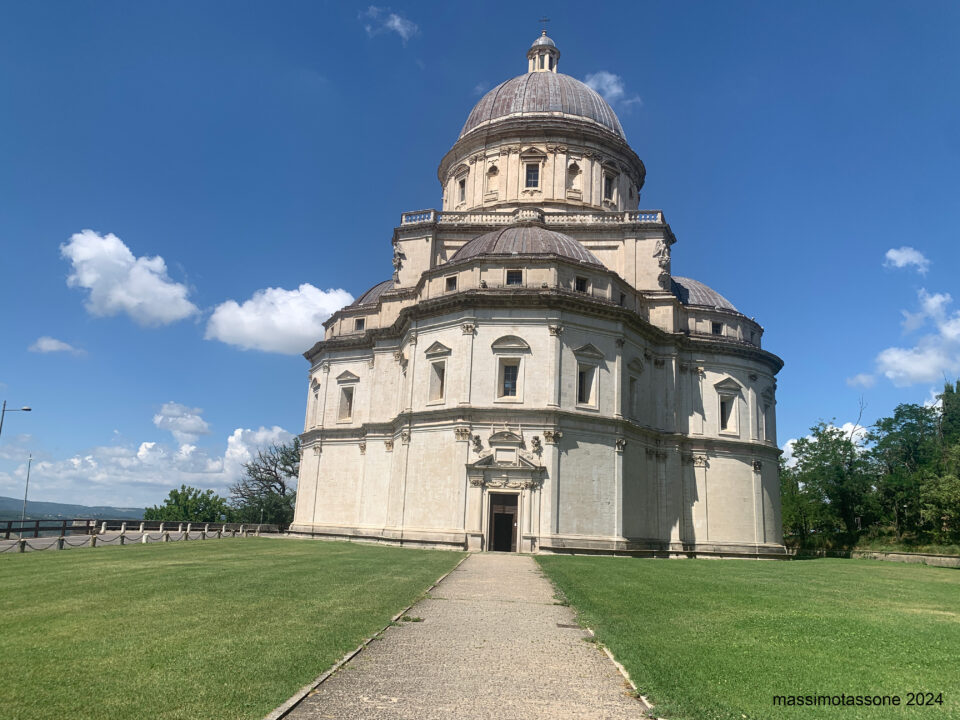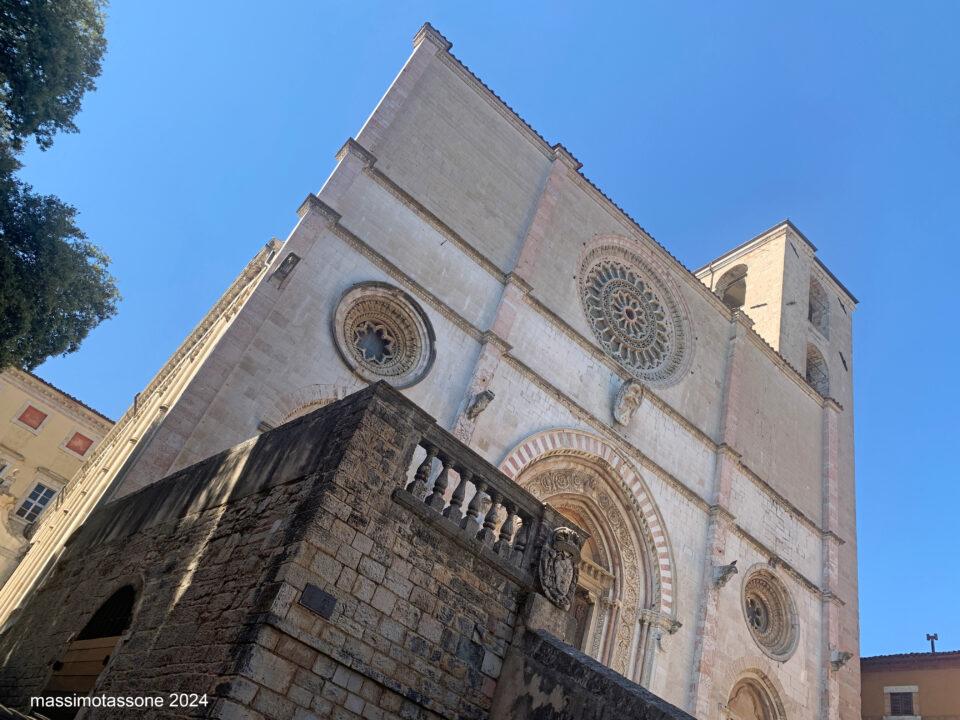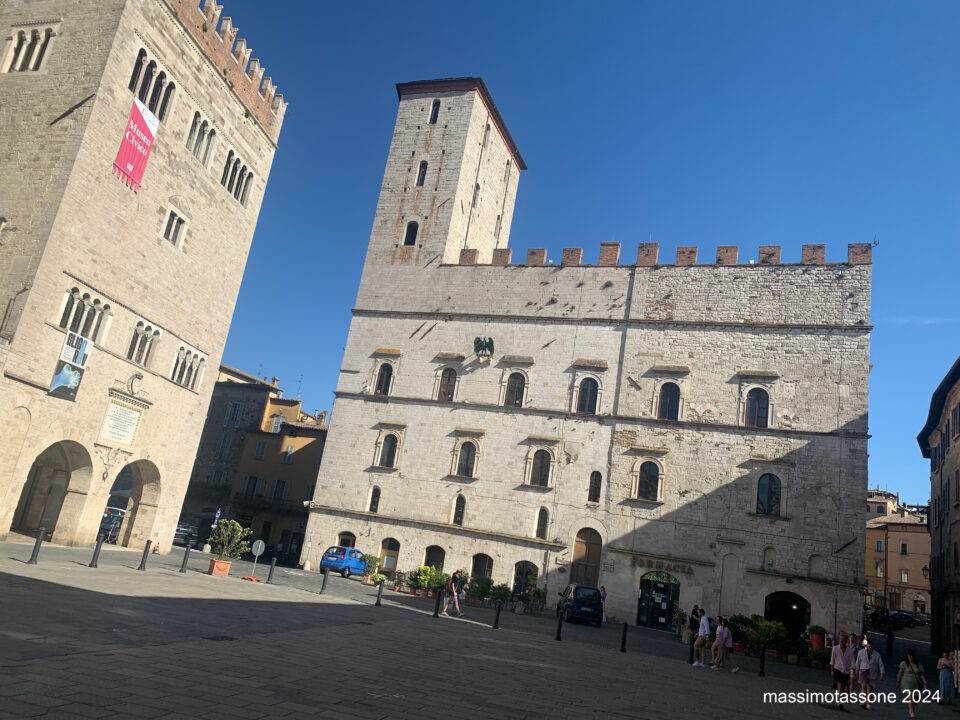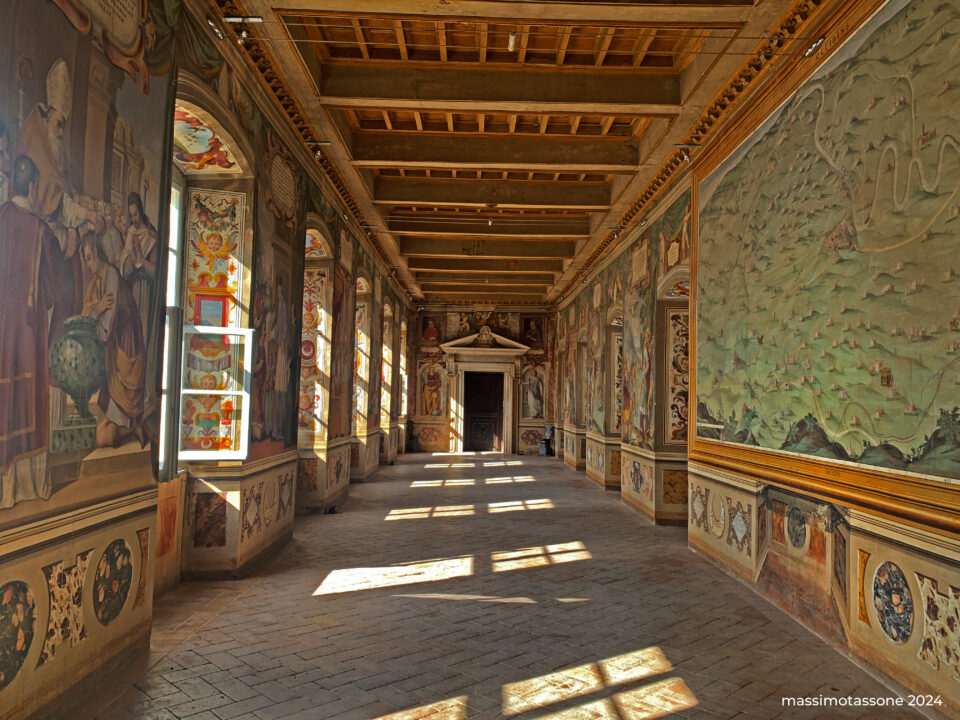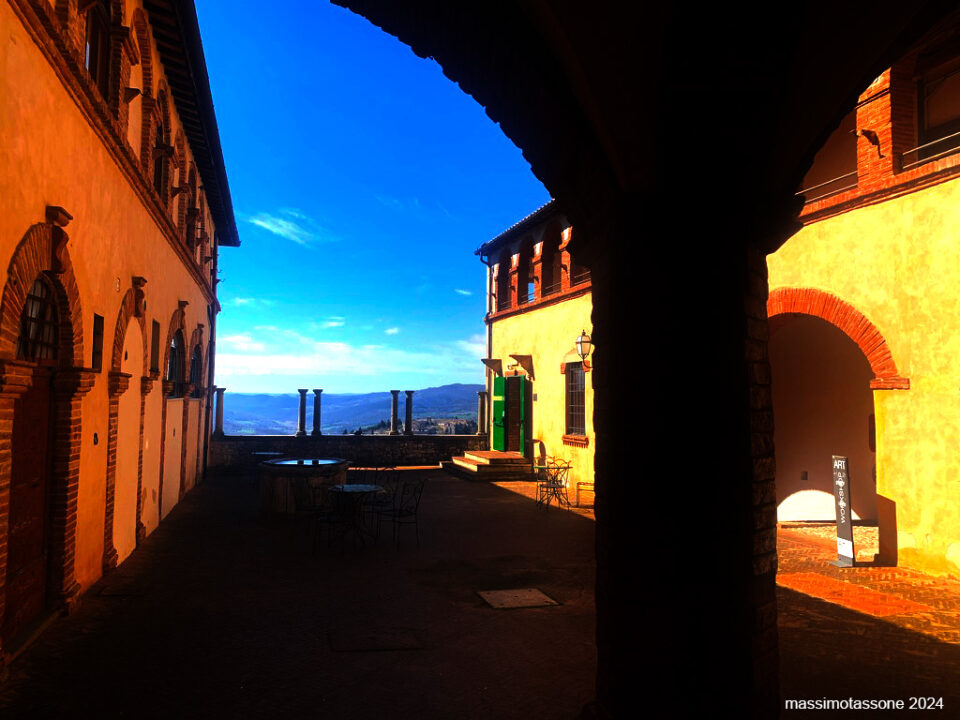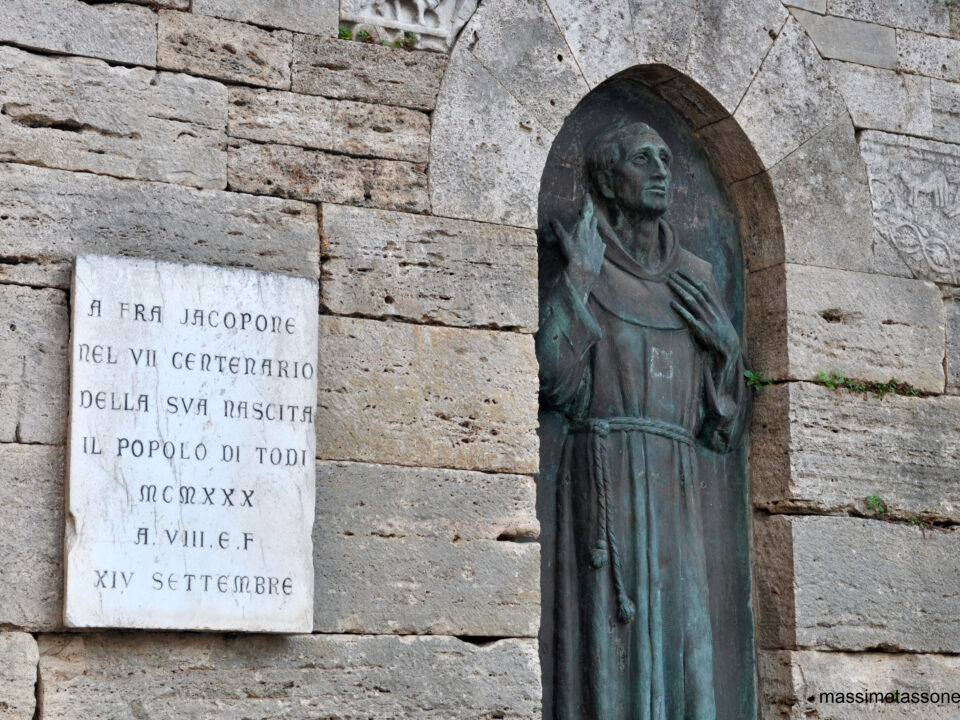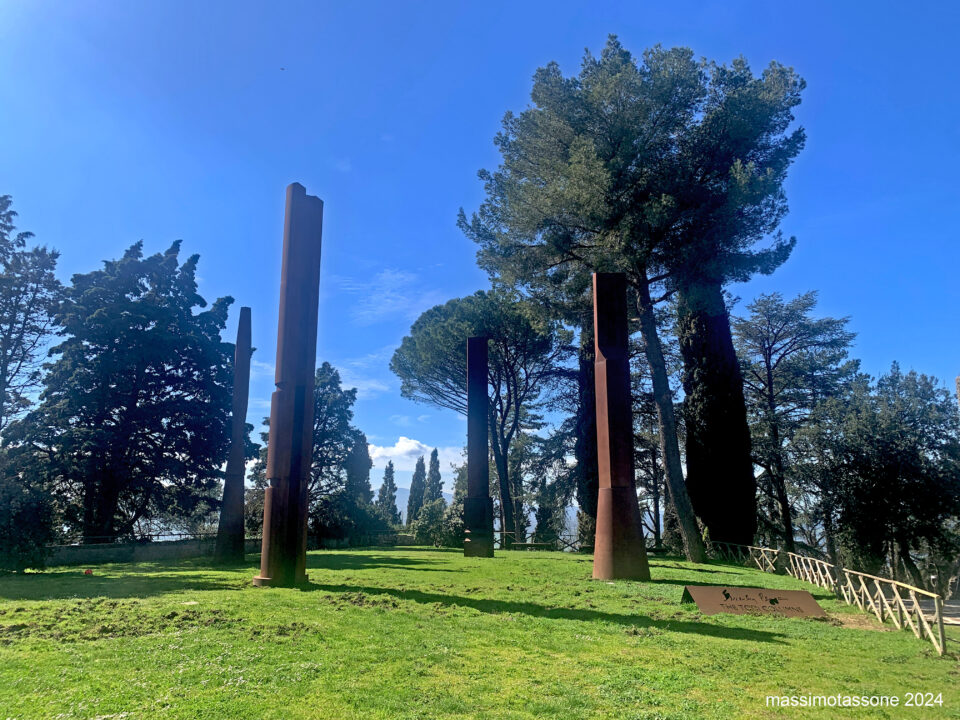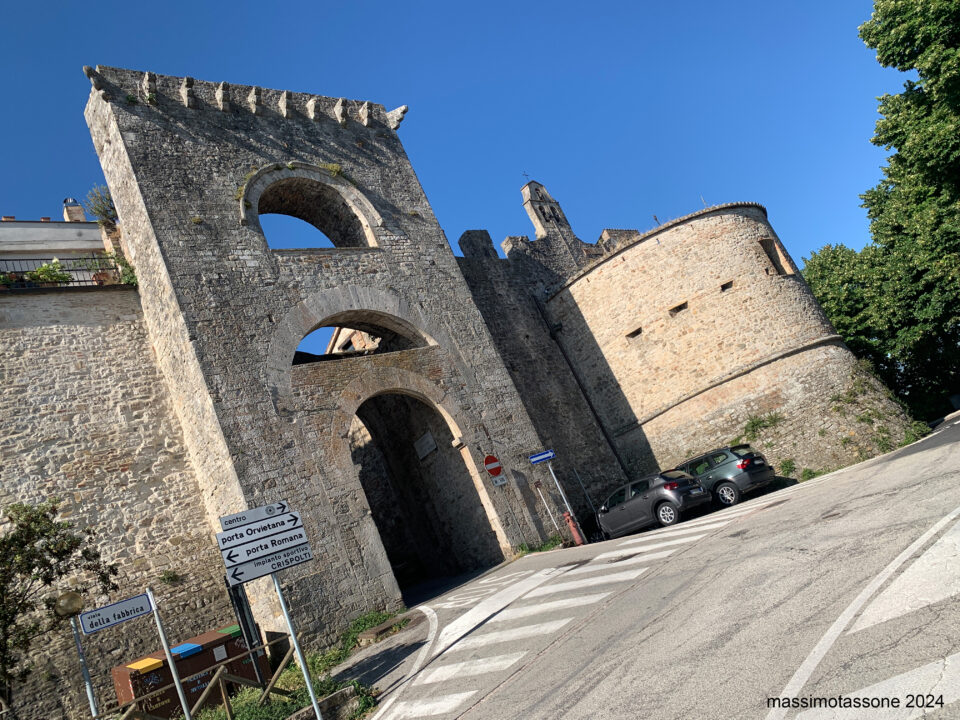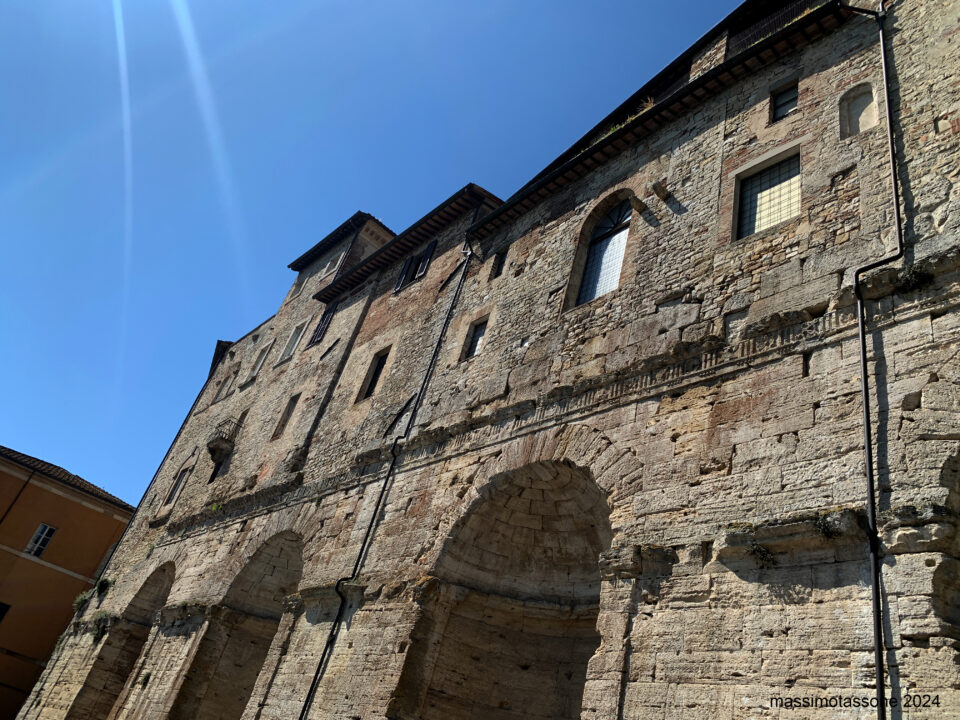LIVE TODI
In 1991, the research conducted by architect Prof. Richard Steven Levine, director of the 'Center for Sustainable Cities at the University of Kentucky,' recognized Todi as the 'most sustainable city in the world.' This distinction, the result of an extensive study by the American university, was based on the perfect balance between the historic center and the surrounding landscape, between city and countryside, between history, architecture, art, and unspoiled nature. Levine had the ideal city modeled by computer, and in reality, it matched Todi!
Since then, these relationships have remained unchanged, but the city has made significant progress in terms of services for residents, hospitality, and tourism offerings. It has also improved its environmental performance, with advances in waste separation, energy efficiency, and green spaces. The increase in equipped green areas and the trail network has further enhanced the green identity of the Umbrian city, moving it toward an increasingly 'smart' and 'welcoming' dimension. It’s no coincidence that many figures from the worlds of cinema, entertainment, literature, economics, and finance have made their home here.
'Todi’s success,' explains Deputy Mayor and Tourism Councilor Claudio Ranchicchio, 'can be traced through three historical phases. The first, in the late 1960s, saw the arrival of great artists like Piero Dorazio, sculptor Beverly Pepper, and Alighiero Boetti, who attracted international names and patrons, as well as entrepreneurs who valued our territory, restoring ruins, pigsties, and farmhouses. The boom peaked around 1980. The second phase is that of the world’s most livable city, coined in 1991. The last phase is post-Covid, during which Todi saw the highest number of tourist real estate transactions in the entire region, with Americans leading the way.'
There is even a community of Australians, about a hundred, who in 2019 founded Artex, an association that organizes workshops and exhibitions every year. In the wake of this boom, countless initiatives and urban projects have taken shape: the Torre del Palazzo dei Priori, dating back to 1300, will be restored and returned to the community after a century of closure and disuse, to become a Contemporary Art Museum. From the twenty windows on its four floors, which have been closed until now, one will enjoy spectacular views over Perugia, the Gran Sasso, and Mount Terminillo. A bike (and pedestrian) path is already under construction along the entire ring road around the historic center to enhance the splendid 360-degree natural panorama surrounding the town. Elevators, shuttles, and parking lots at various other points will allow easier access to the historic center, reducing car traffic.
Todi sits at the heart of Umbria, widely regarded as Italy's green heart. It is 140 km from Rome and 190 km from Florence, with around 16,000 inhabitants. Three circles of walls have defined the city's urban expansion over the centuries: the first, traditionally called Etruscan and dating to the 3rd century BC; the Roman walls; and finally, the third wall from the medieval era. Along these perimeters, large sections of which have been lost over time, the many city gates still open. Along the outer ring, begun in 1244, are Porta Perugina, Porta Romana, Porta Fratta (formerly Amerina), and Porta Orvietana (now almost completely collapsed), named after the main roads leading in.
While strolling through the historic center, you can immediately perceive the low population density and relative tranquility. Even the commercial activities are modest, almost indifferent to profit and competition. The Tuderti are reserved and discreet, but approachable and welcoming when needed, with a simplicity that feels almost anachronistic.
The important Teatro Comunale hosts frequent theatrical and concert events, as well as dance performances. At the Nido dell’Aquila, there is a cinema, and its outdoor summer screenings on the panoramic terrace are especially popular. Hunting, soccer, basketball, and tennis enthusiasts have various clubs and training facilities available. For trekking fans, the Parco della Rocca (Viale della Serpentina) and the picturesque trail alongside the Tiber called the 'Sentiero del Furioso,' leading up to Montemolino, are recommended. There are also philanthropic associations like the Lions and Rotary Clubs, a Vespa club, a large municipal pool, and the 'Leo Wild Park' free zoo. Numerous restaurants cater to even the most demanding palates, from traditional cuisine to the Michelin-starred offerings of several estates and castles scattered throughout the beautiful Todi area, many of which offer accommodations with spa facilities.
MAIN EVENTS:
- Music Festival on June 21 by Paola Berlenghini, with city-wide events.
- Hot Air Balloon Gathering in July
- Medieval Reenactments:
- Archery in April.
- The Dispute of San Fortunato (the city’s patron saint), with a historical procession in October.
- Festival of the Arts from August to September, with various installations.
- Todi Festival from August to September, featuring theatrical performances.
- Cinema in the original language (once a week) at Nido dell’Aquila.
- Challenger Tennis Tournament, an international men’s competition, in August.
- Prose and dance performances at the Teatro Comunale from November to April.
- TodiFiorita, a specialized floriculture market showcasing the most beautiful flowers, in May.
- FieraMente, a local crafts fair
- AnticaMente, a market fair for antiques and collectibles
- Coppa della Perugina, a historic car event




















